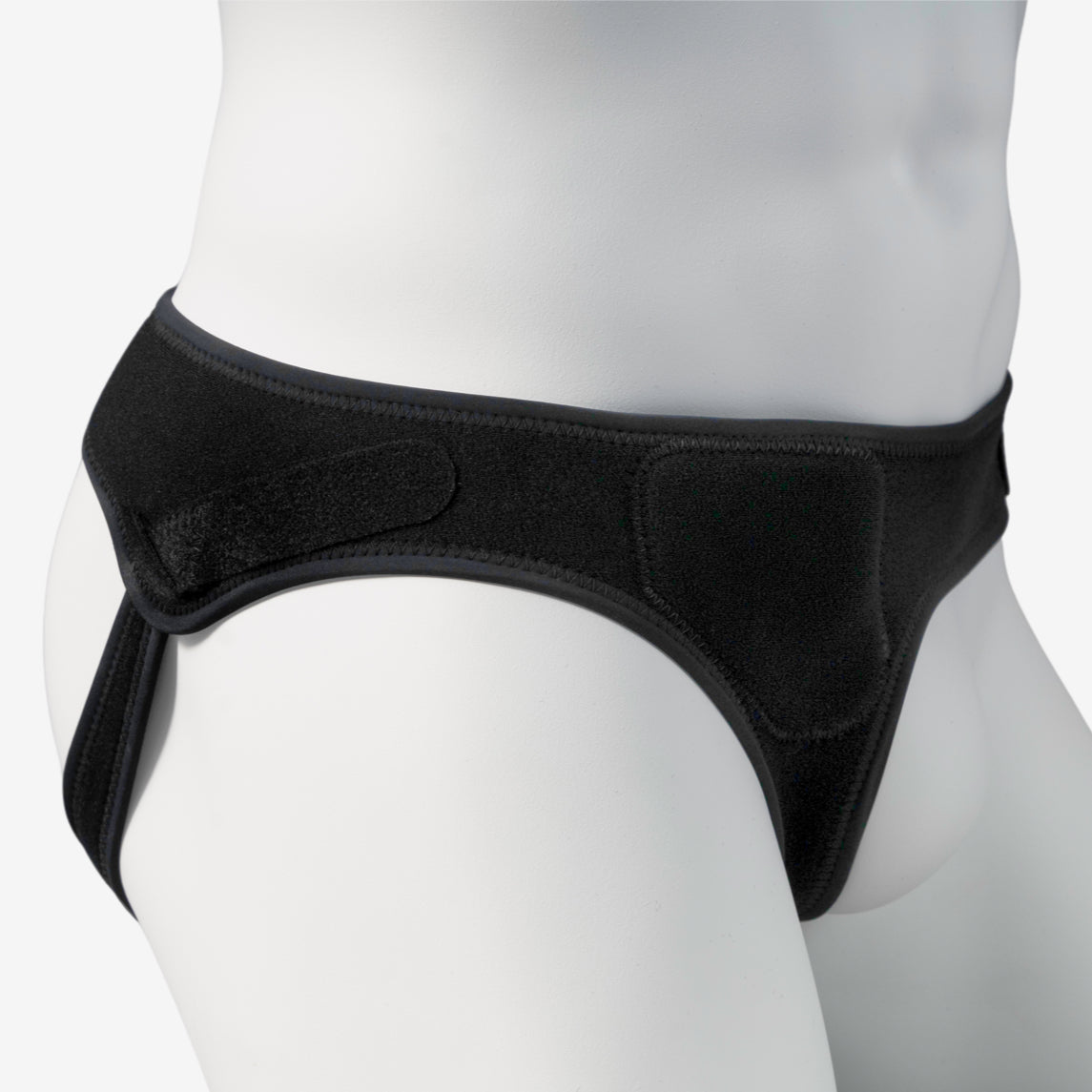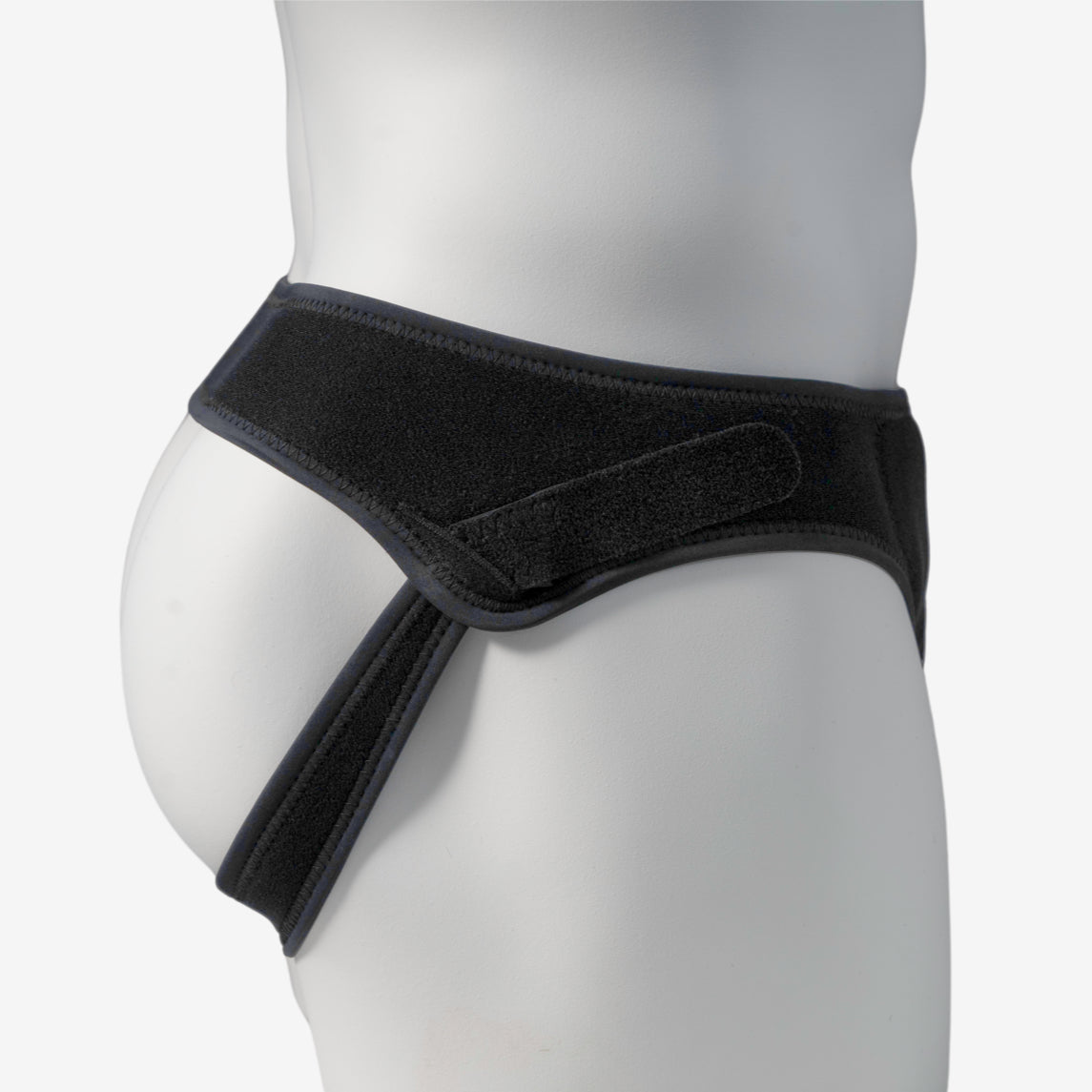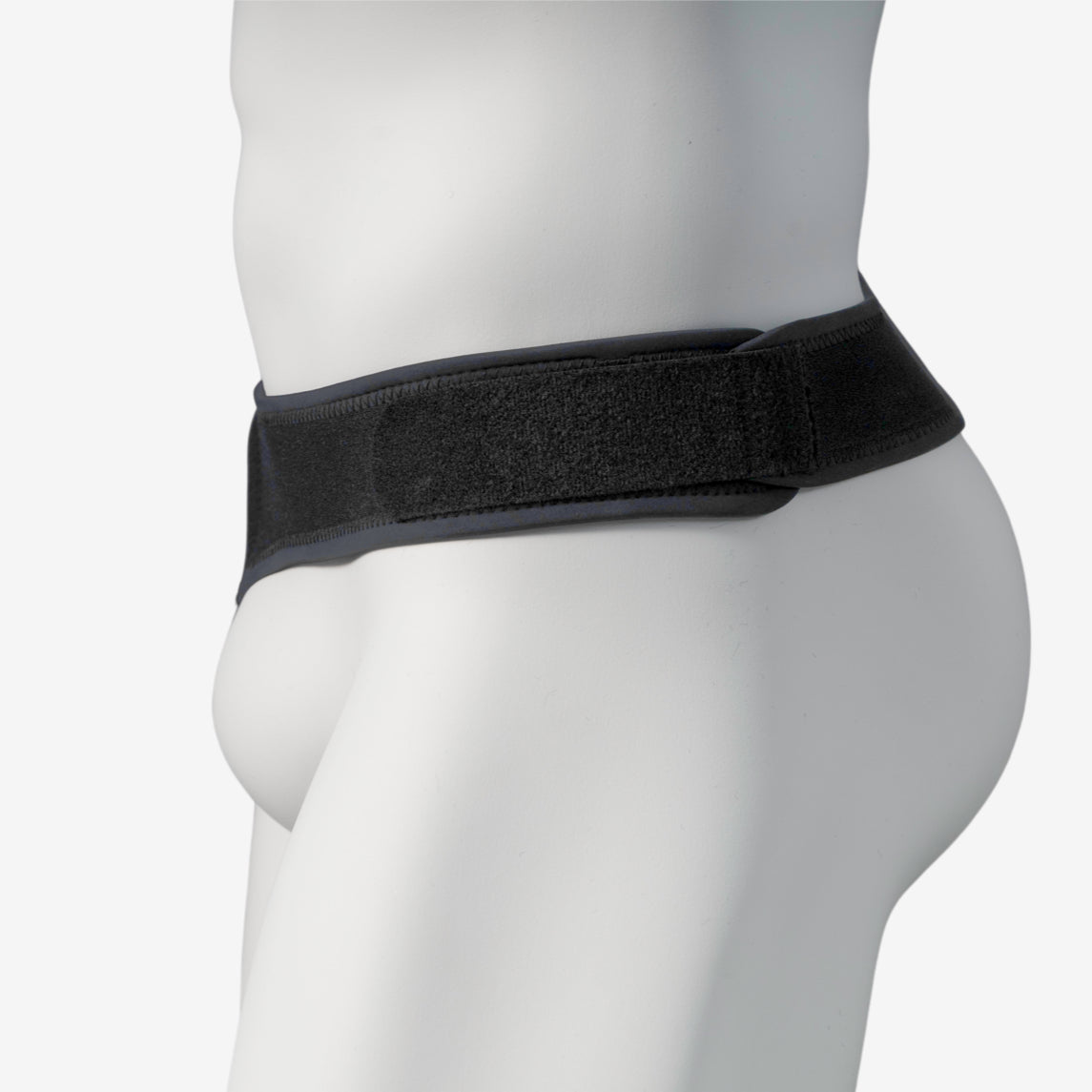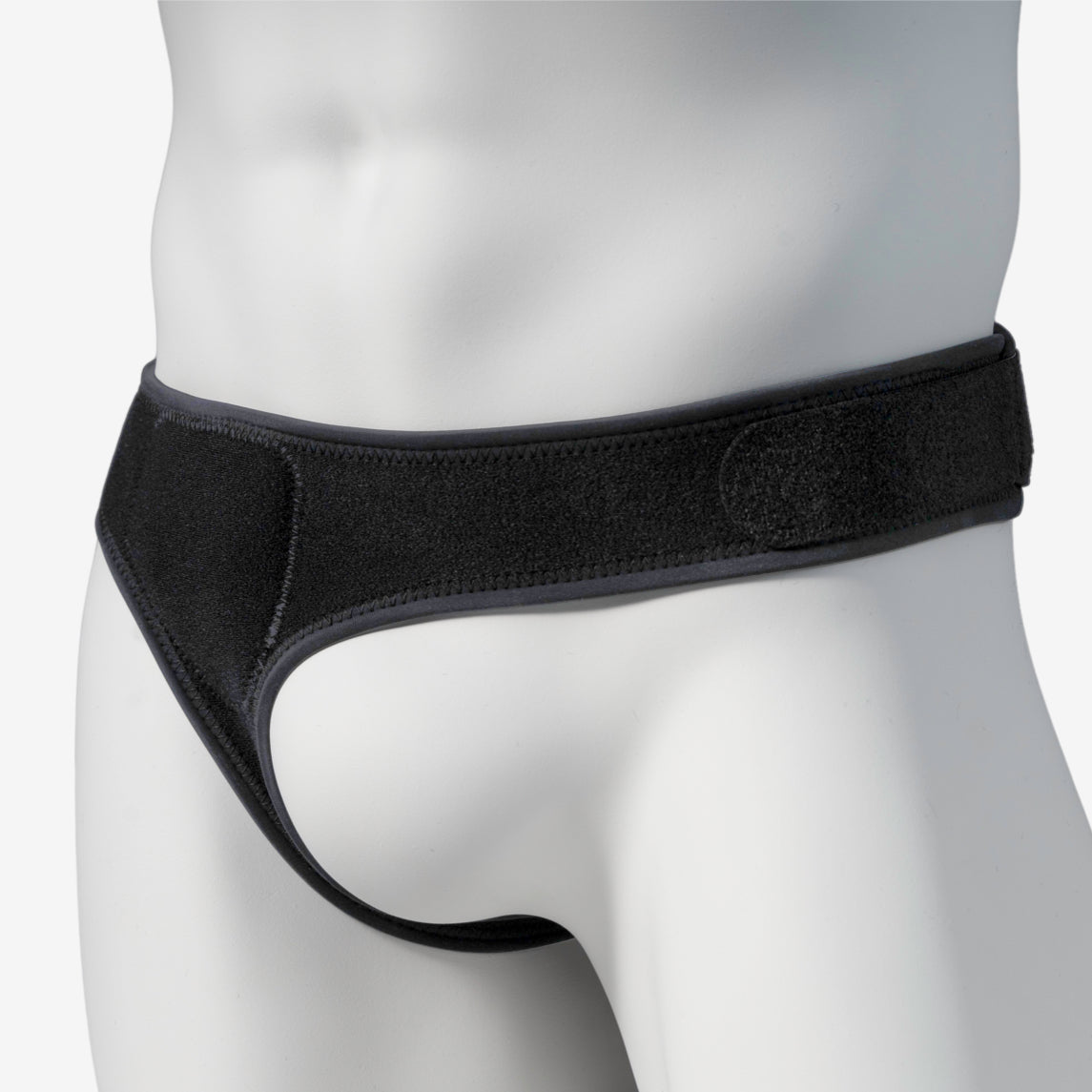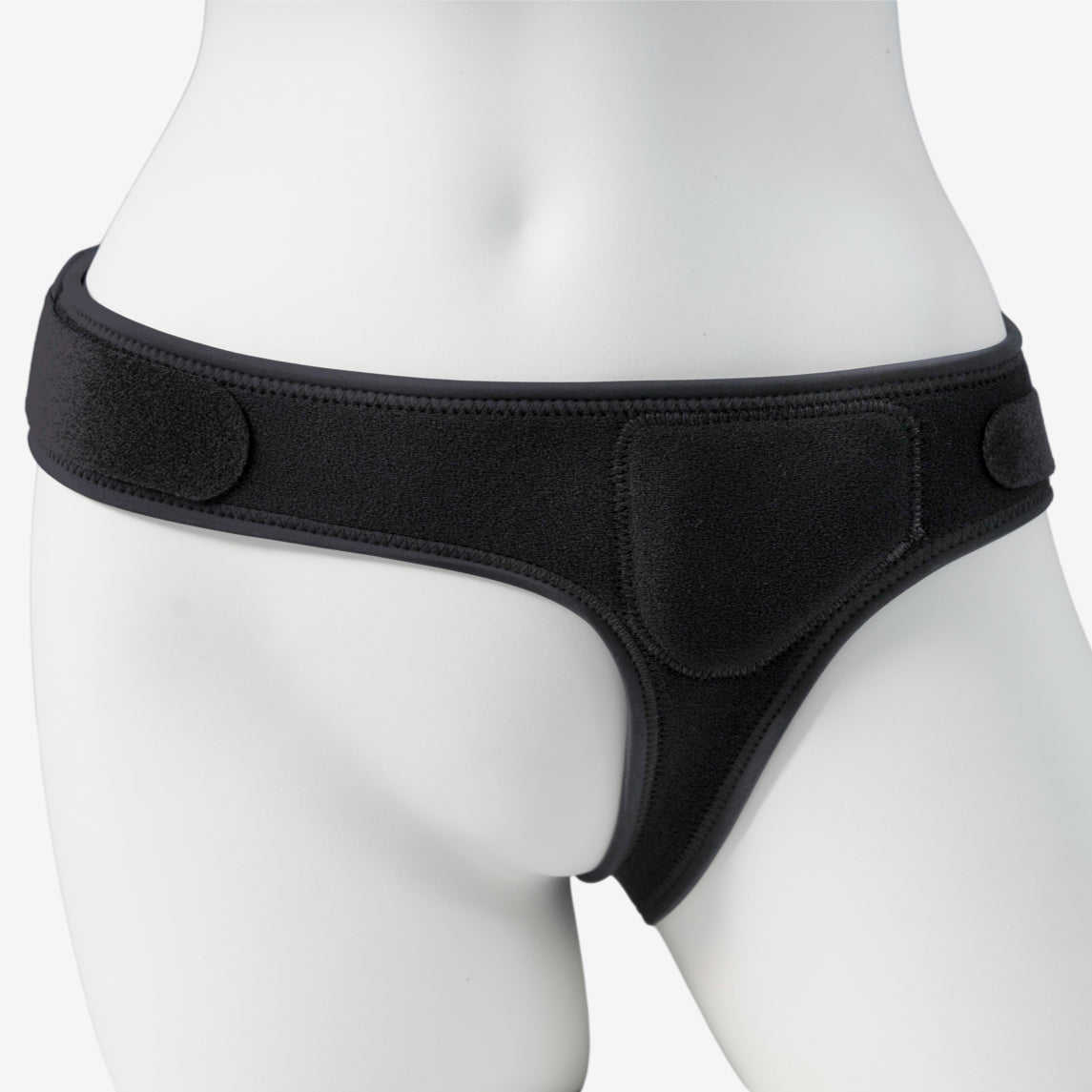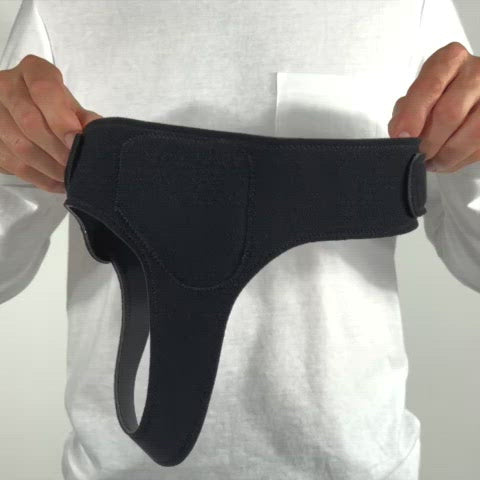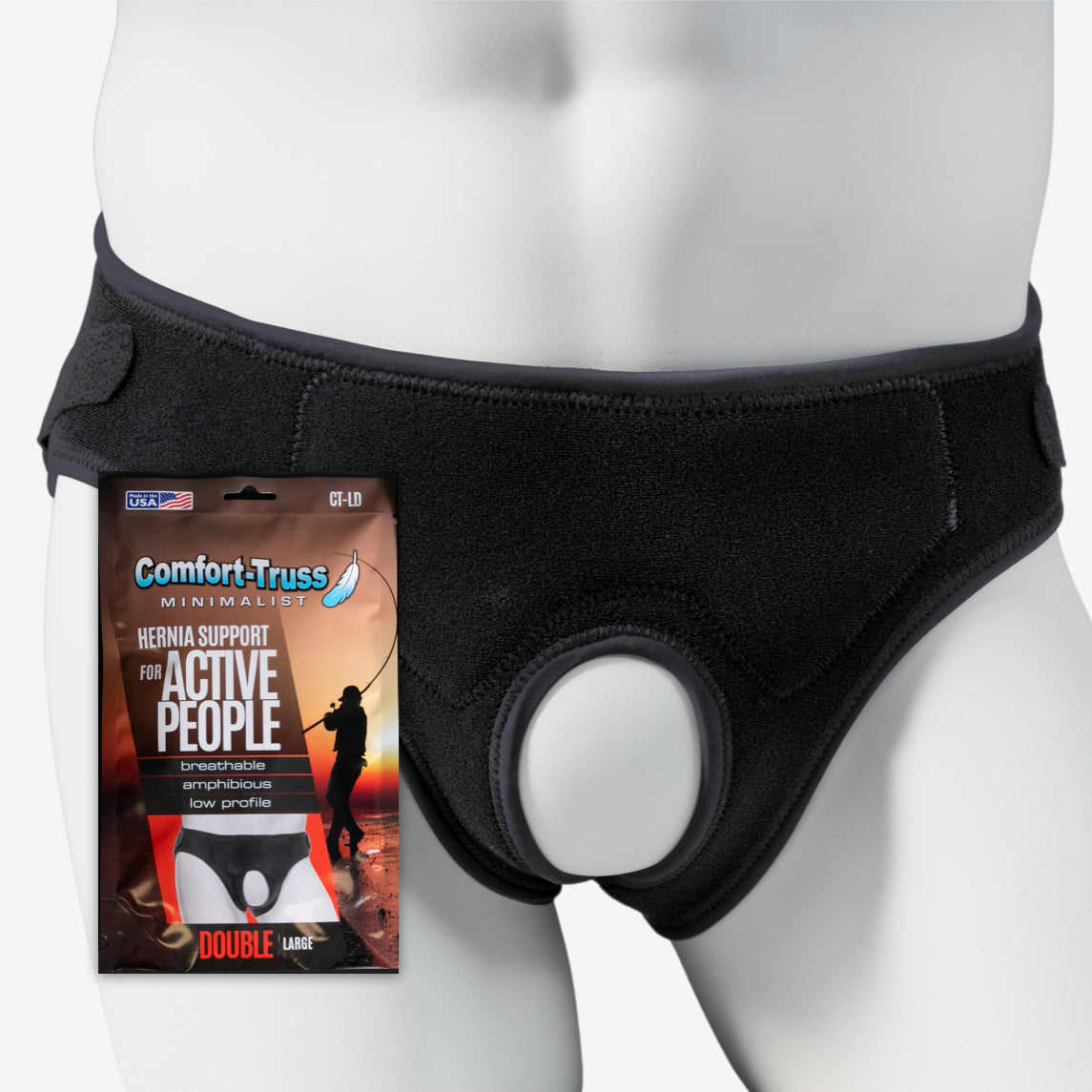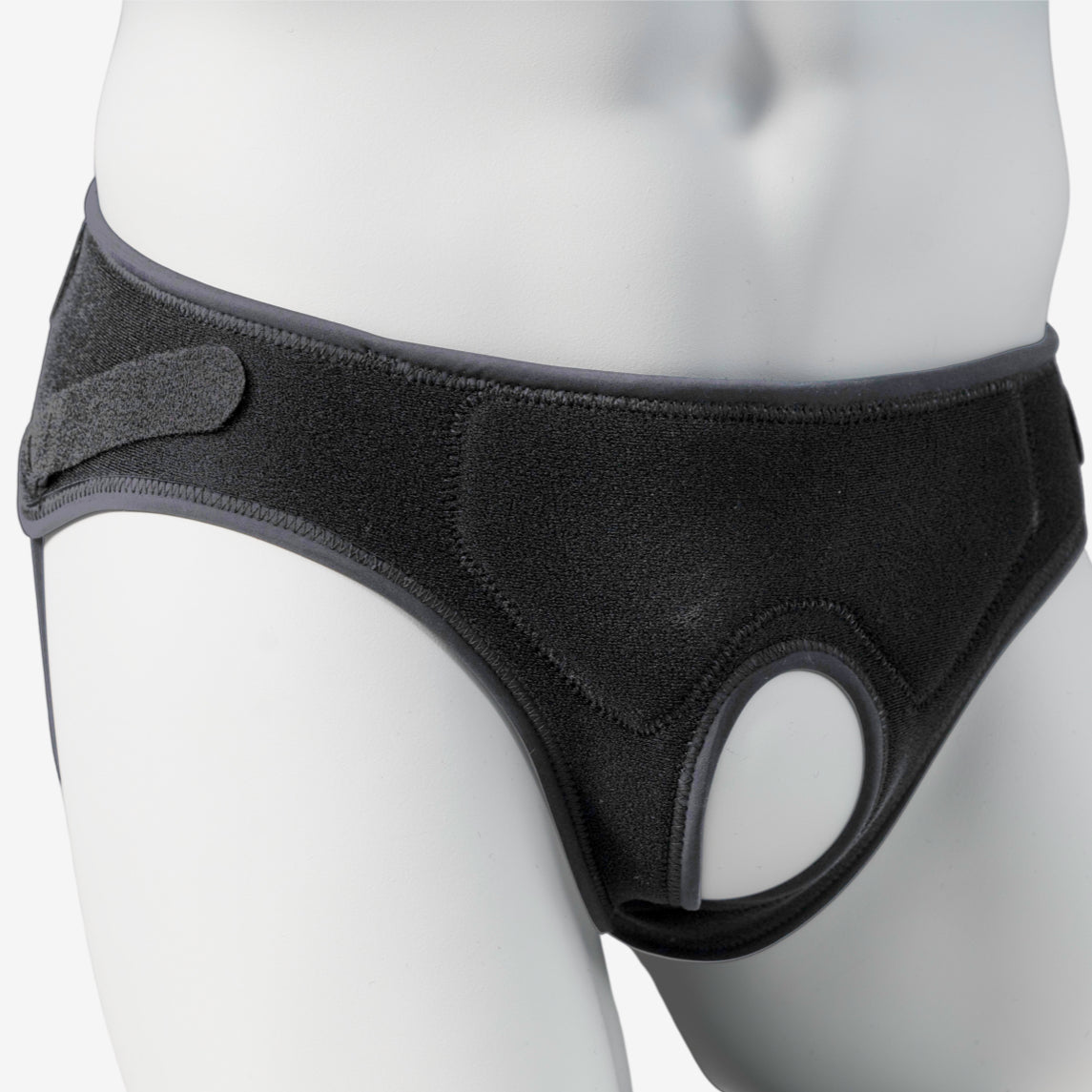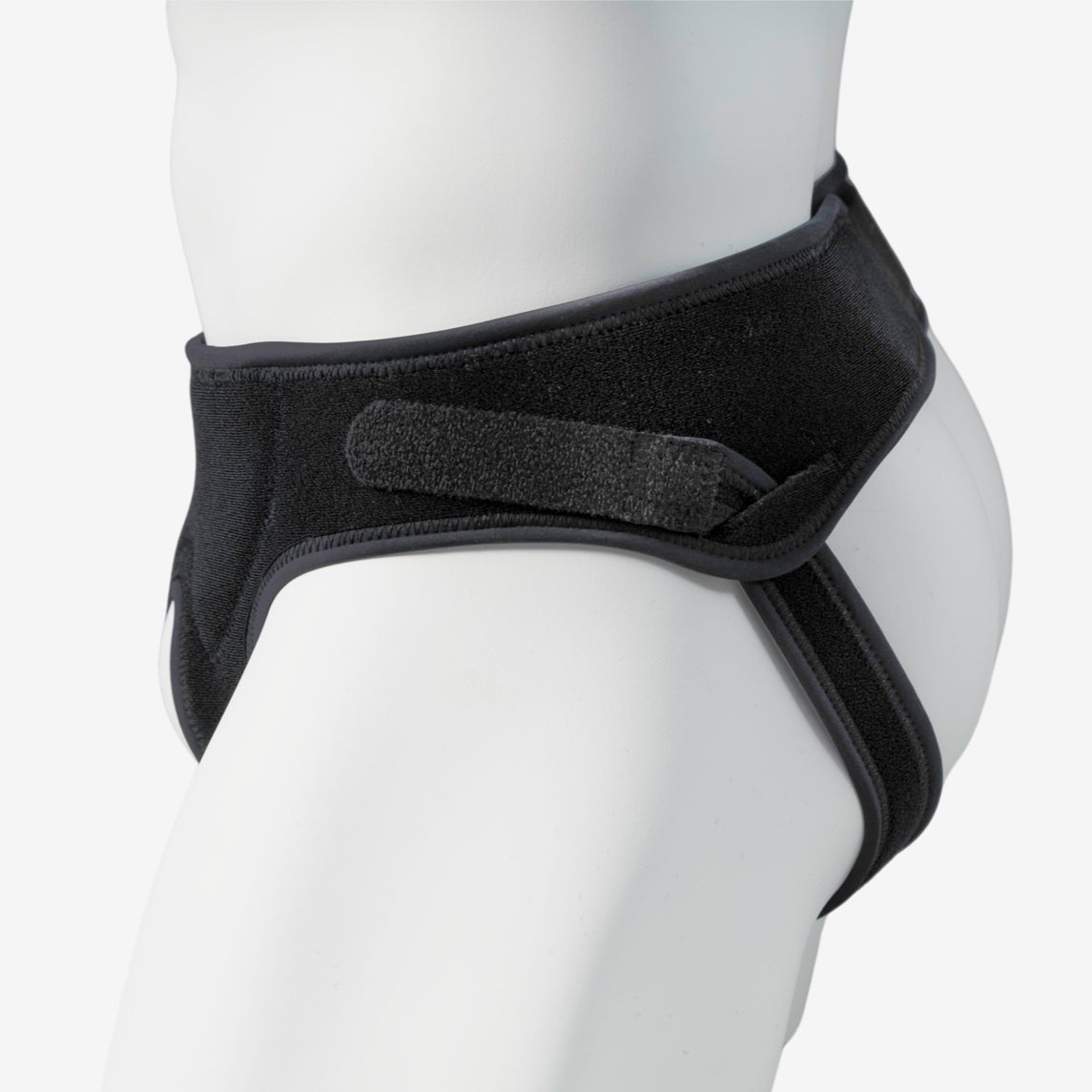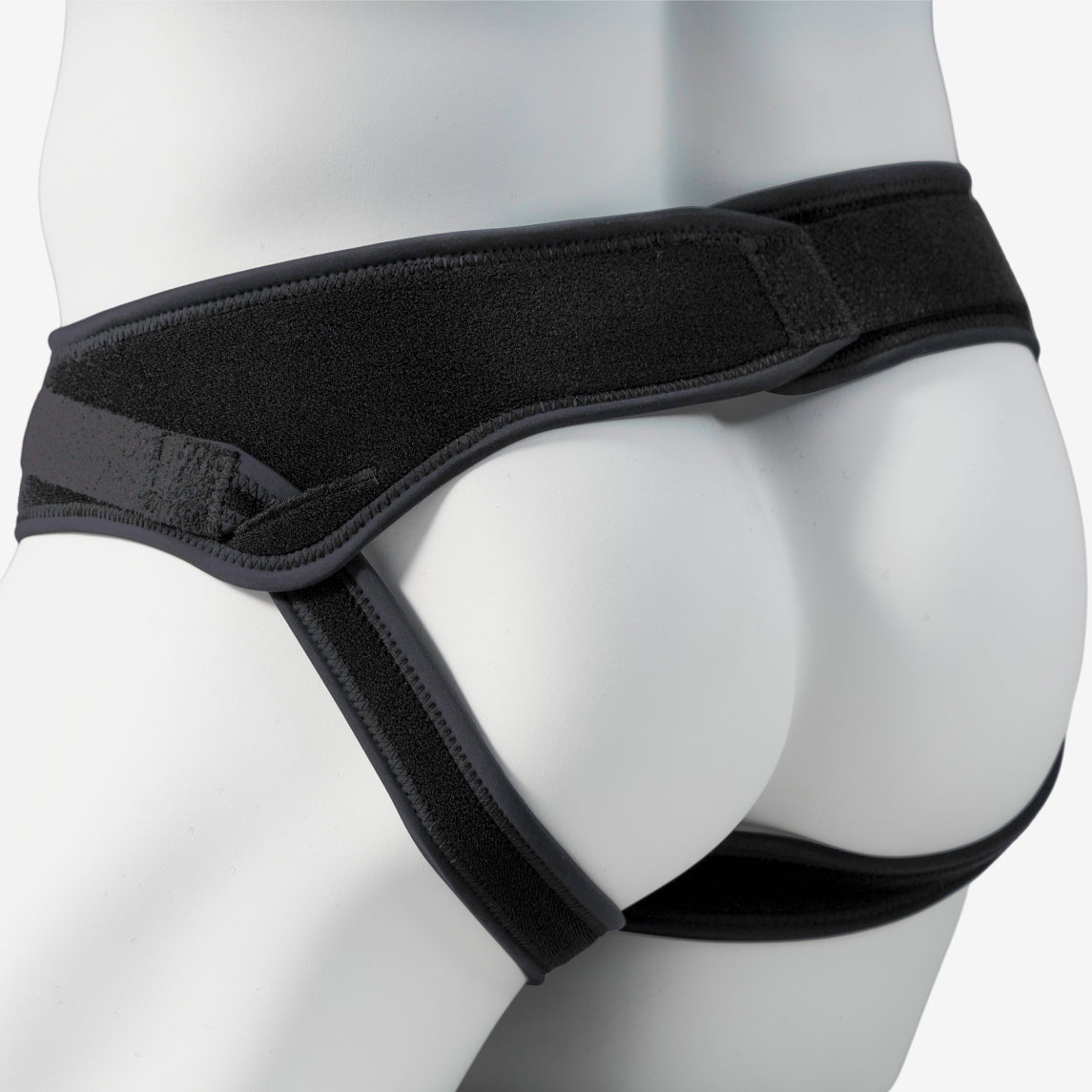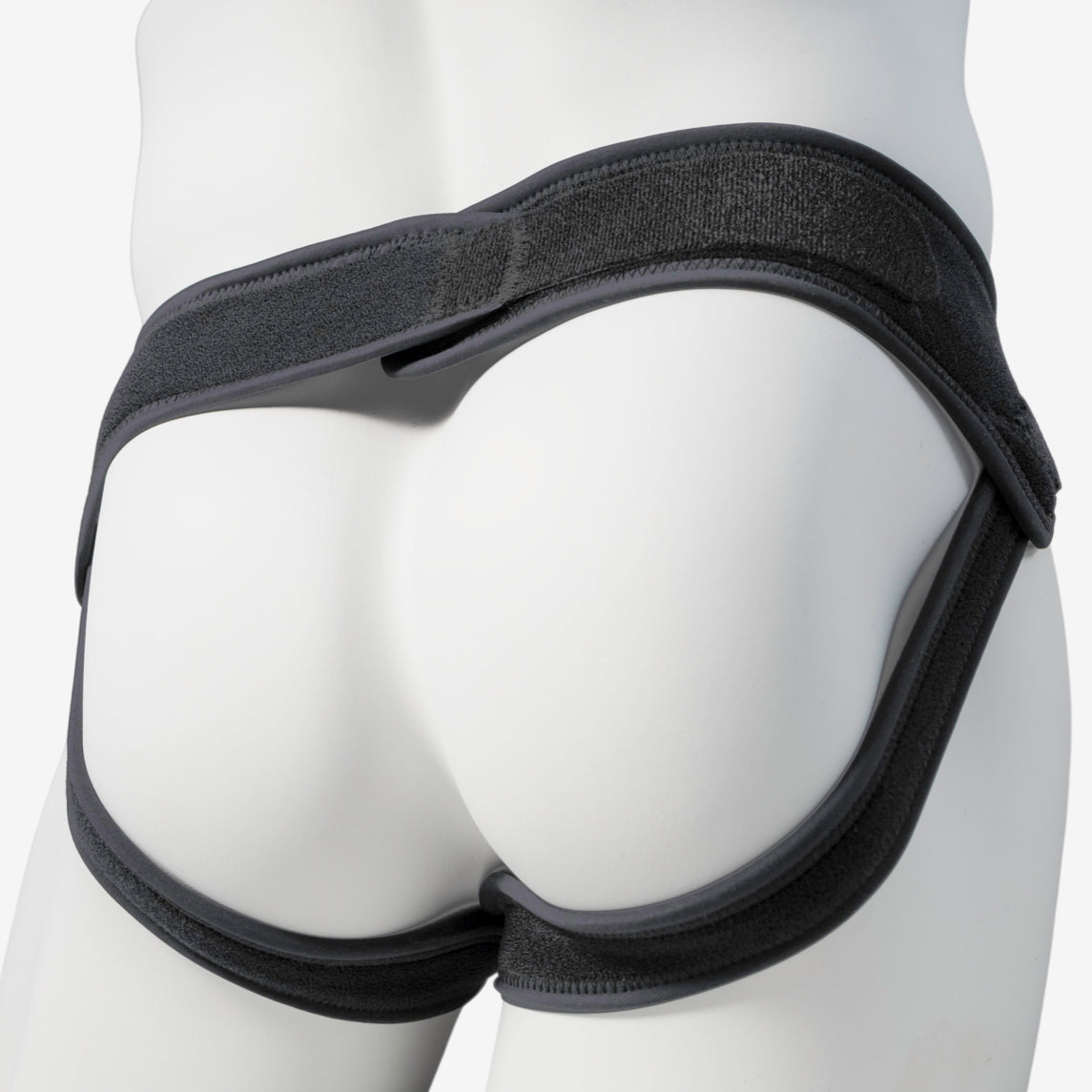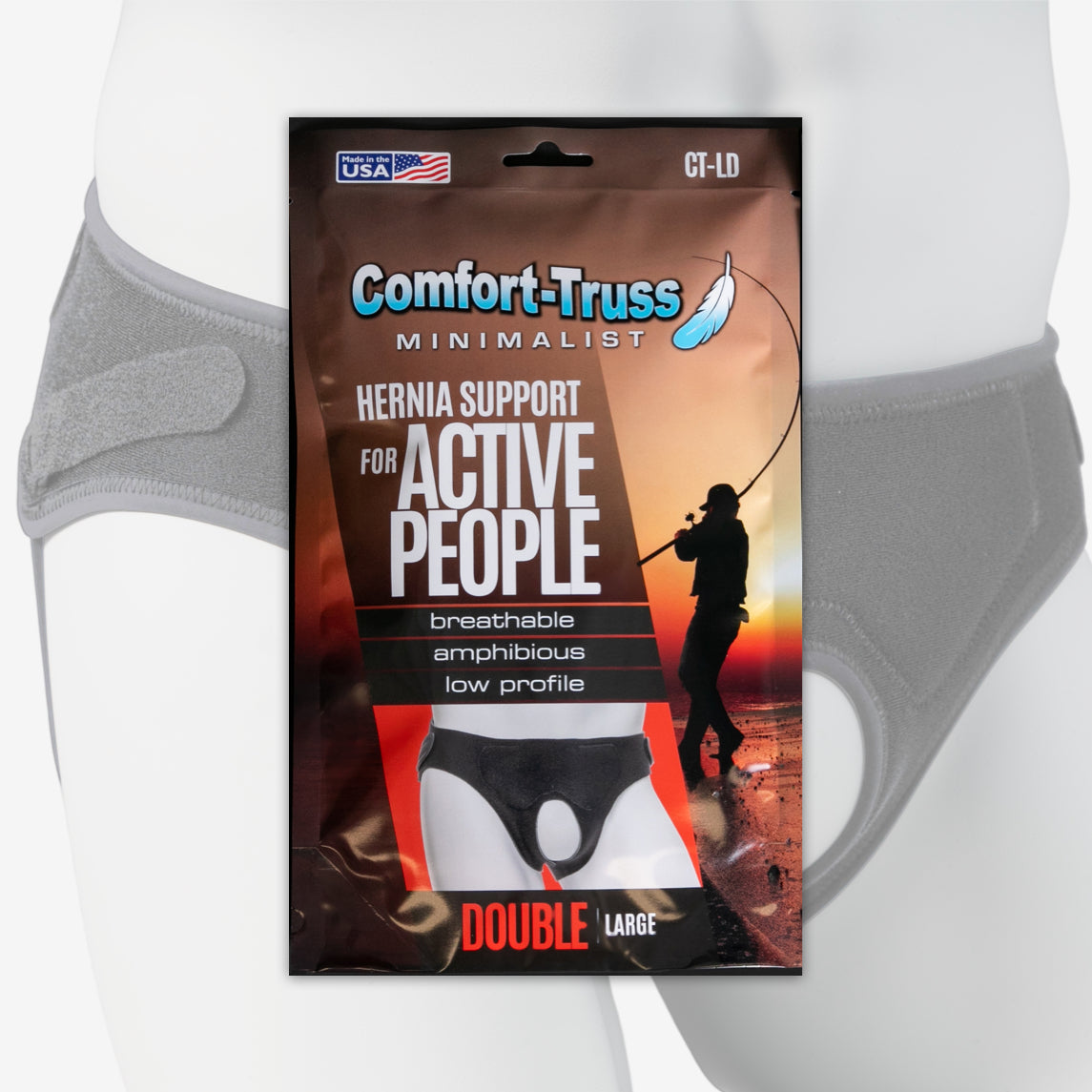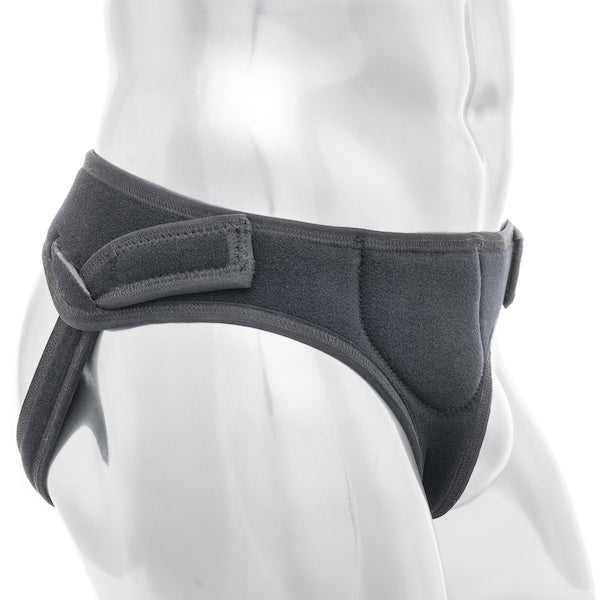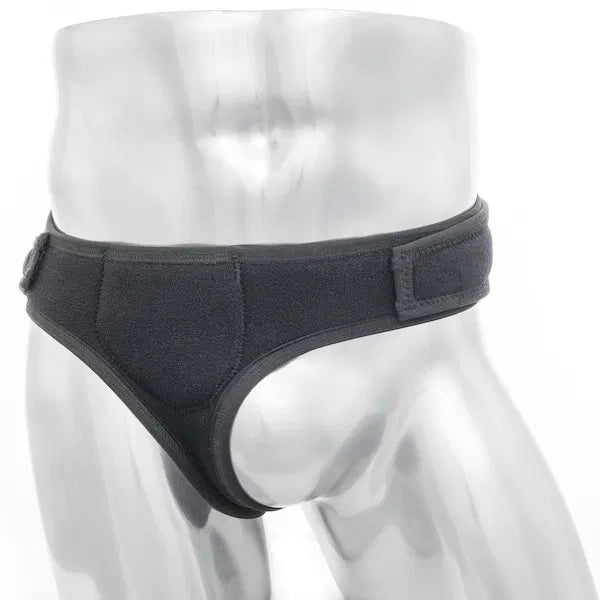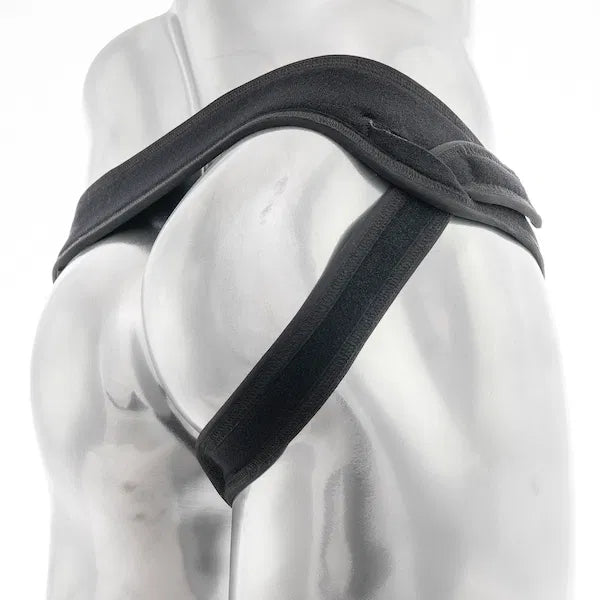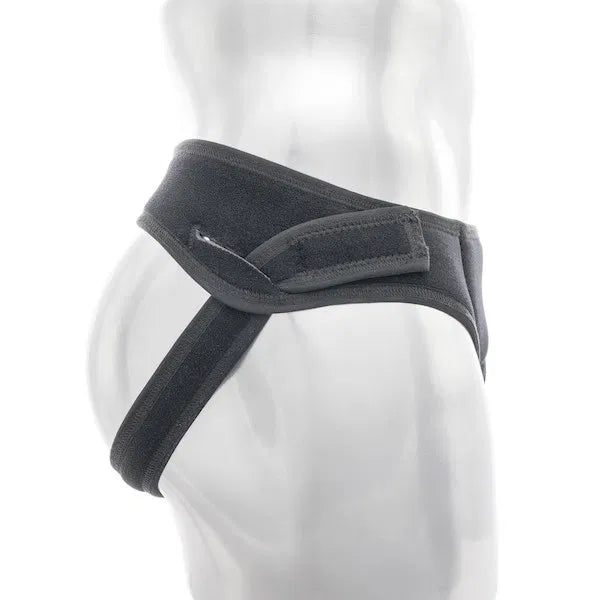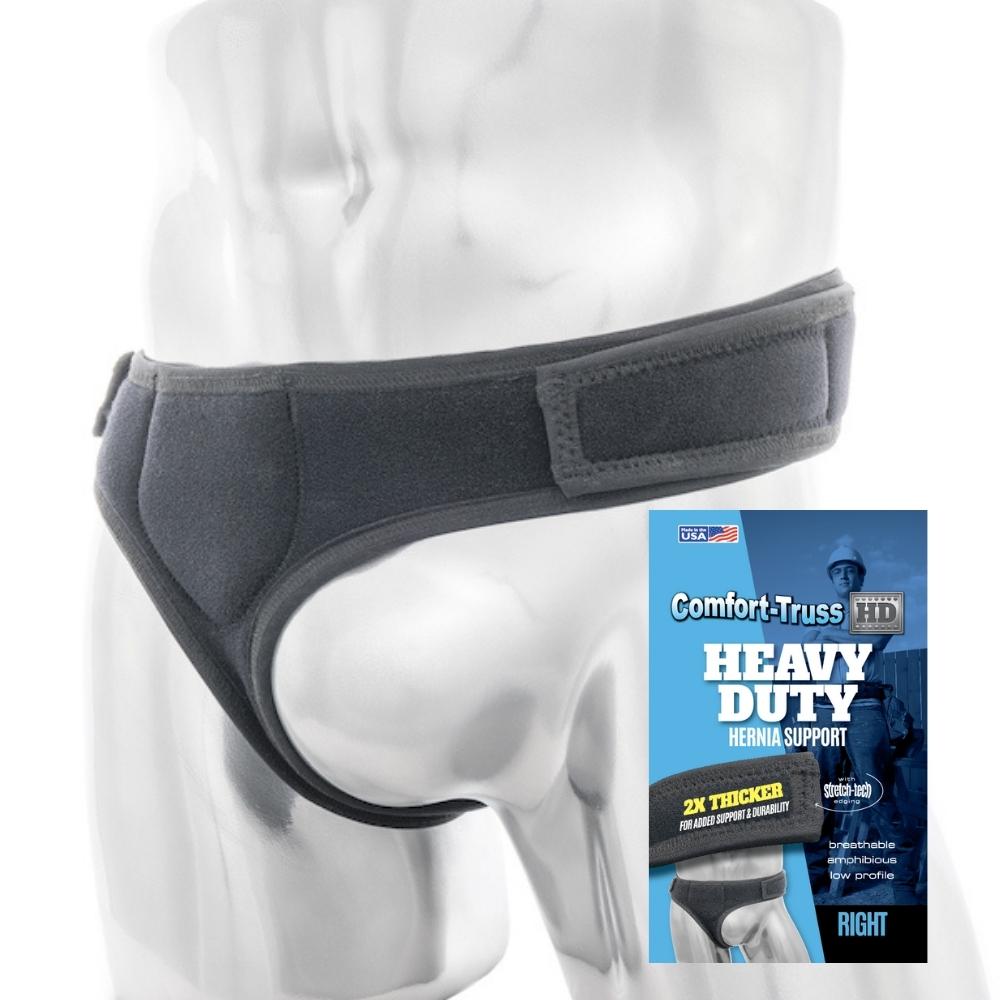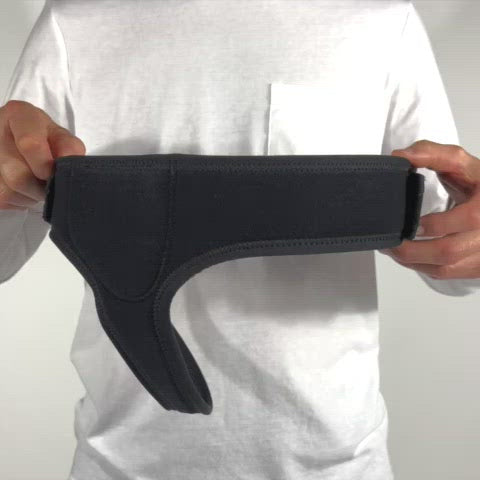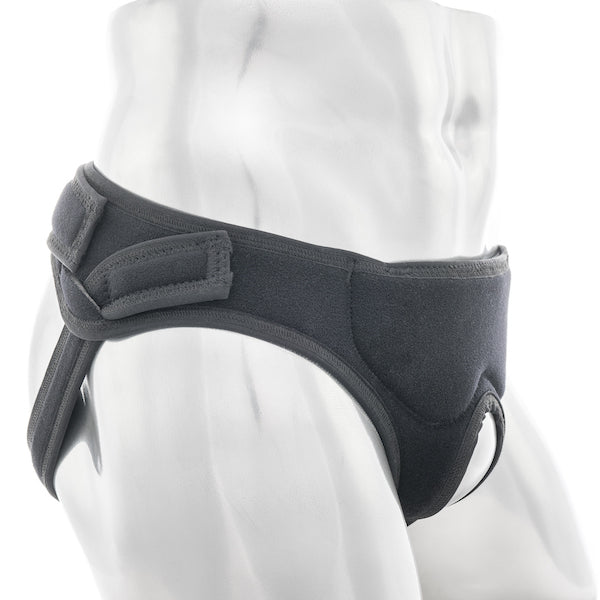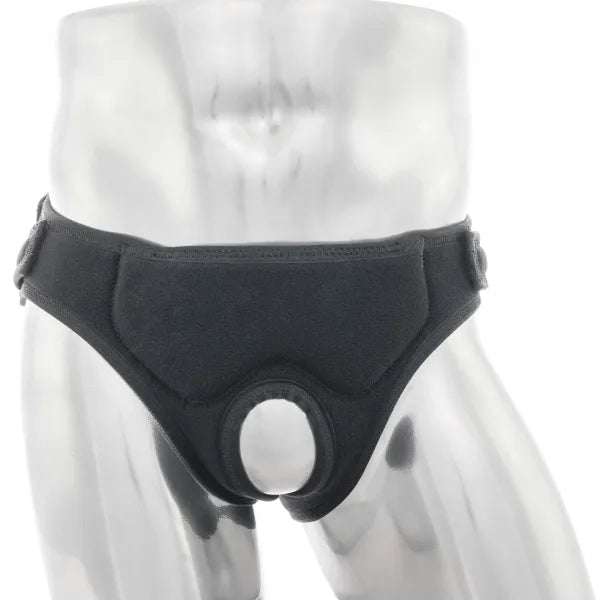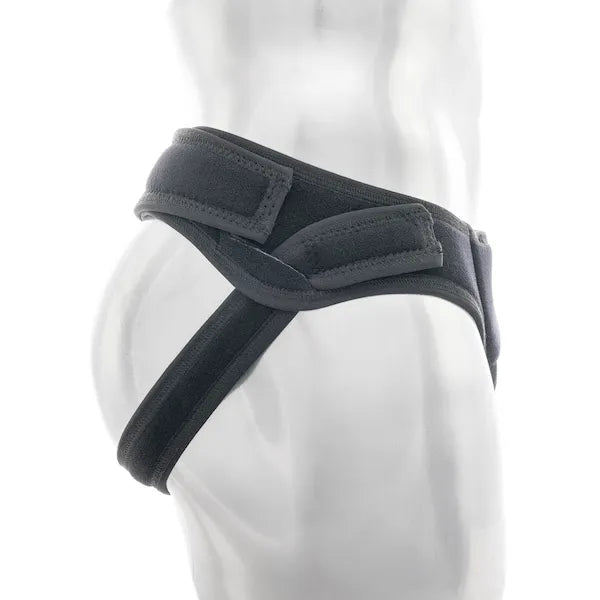What Is a Hernia?

By: Comfort Truss
Most people know hernias are painful. But what is a hernia exactly? Why do hernias happen? The answers are both complex and straightforward. This article will look at what hernias are, discuss what causes a hernia and explore the signs of a hernia. Read on to find out how to know if you have a hernia and much more.
What Does a Hernia Look Like?
At its most basic level, a hernia is the protrusion of fatty tissue or an organ, like the intestines, through a weak spot in the surrounding muscle or tissue. What a hernia looks like depends on the type and location of the protrusion on the body.
Where Can Hernias Occur?
Hernias occur where muscles are weakened. Some of the more common locations for hernias include:
- Groin — An inguinal hernia is an inner groin hernia that occurs when the bladder or intestine extends into the inguinal canal in the groin. In an external groin hernia, or femoral hernia, the intestine enters the canal that carries the femoral artery into the upper thigh. Of all hernias that occur, 75 to 80% are inguinal or femoral.
- Belly button — An umbilical hernia occurs when a portion of the small intestine pokes through the abdominal wall near the navel.
- Upper stomach — In a hiatal hernia, the upper stomach protrudes through the hiatus, the opening in which the esophagus passes through the diaphragm.
- Incision site — An incisional hernia happens when the intestine pushes through the abdominal wall at the site of a previous surgery.

What Does a Hernia Feel Like?
A hernia can feel like a dull, aching sensation or give you a sense of feeling full. A sharper pain may appear when laughing, coughing, lifting heavy items or straining during a bowel movement. In the case of some hernias, men may feel a tugging sensation in the scrotum, possibly leading to groin or testicular pain.
Signs of a Hernia
Aside from groin or abdominal pain, there are several other signs of a hernia. You may have an abdominal or groin hernia if you experience a bulge or protrusion that disappears if you poke it in or are lying down. Another symptom is swelling that continues to grow. Signs of a hiatal hernia, on the other hand, include heartburn, indigestion and chest pain with no external bulge or bump.
Symptoms may vary somewhat between males and females. Women frequently do not experience a bulge, leading to the condition being underdiagnosed for women.
Another difference between men and women is that men are more likely to have inguinal hernias and women are more likely to have femoral hernias. Still, anyone can suffer from any type of hernia.
What Causes a Hernia?
How do you get a hernia? What causes a hernia is two-fold: a weakness in muscle tissue and increased pressure on that area. The weakness can be present from birth or may occur as a person ages. Pressure can result from:
- Severe coughing
- Lifting heavy objects
- Constipation
Other factors like smoking, surgery, multiple pregnancies, poor nutrition and obesity can weaken muscles, increasing the risk of hernias.
Treatment for Hernias
Support for the affected area is essential to properly manage hernias. We offer a variety of hernia belts, including a heavy-duty double hernia belt, to help men and women deal with their reducible inguinal hernias. All of our hernia truss belts provide the support and comfort you need. Our belts have a low profile and are form-fitting. Because they’re breathable, you can wear them next to your skin with no discomfort.
Although most doctors will almost always prescribe either watchful waiting or surgery for an inguinal hernia, you do have other less invasive and natural options. In most cases where watchful waiting is prescribed, the hernia will usually get worse until you eventually need surgery (usually within about five years).
Rather than waiting to see if it gets worse over time, it would be beneficial to be proactive about managing the factors that make the hernia worse. You can do this by:
- Making sure that the hernia is held in at all times by the use of a hernia truss
- Limiting foods that cause excess gas or bloating
- Strengthening the muscles around the inguinal canal
- Making sure your pelvic posture is correct
- Increasing mobility and flexibility in the hips
- Managing your stress levels
Taking these actions will make it much easier to manage the hernia day to day and would be beneficial whether you end up getting surgery or not.
George Hirst, the founder of Comfort-Truss, was able to manage his hernia without surgery. Using a hernia belt he devised for himself, and by making certain lifestyle changes, he was able to reduce his hernia to the point where he is now asymptomatic. You can learn the techniques George used to deal with his hernia and see how they can help you. The Proactive Approach to Hernia Intervention has everything you need to head down the right path to managing your hernia.






